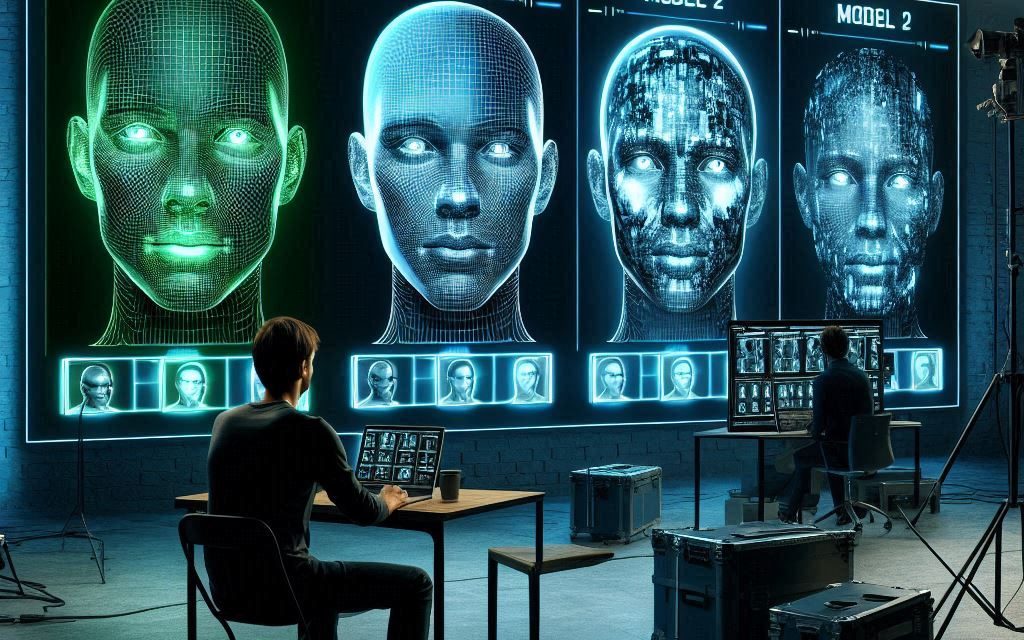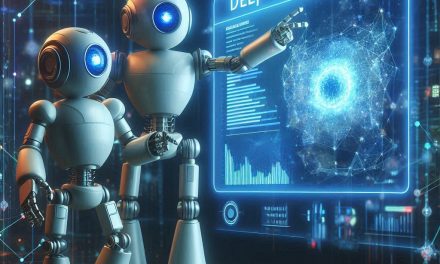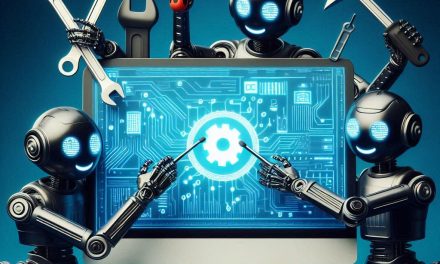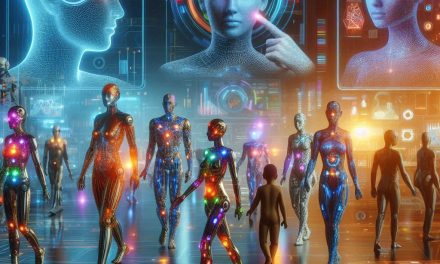Artificial Intelligence (AI) models form the backbone of modern AI systems, enabling machines to learn, adapt, and make decisions. These models power diverse applications, transforming industries from image recognition to natural language processing. This article explores the types of AI models, their practical uses, and emerging trends shaping AI’s future.
Â
Types of AI Models
AI models fall into different categories based on their algorithms and learning approaches:
1. Supervised Learning Models
Supervised learning models rely on labeled datasets, where the input data matches specific outputs. These models map inputs to outputs and excel in classification and regression tasks.
-
Examples: Linear Regression, Support Vector Machines (SVM), Decision Trees, Neural Networks
-
Applications: Detecting email spam, diagnosing medical conditions, and forecasting sales trends
2. Unsupervised Learning Models
Unsupervised learning models analyze unlabeled data, identifying patterns without explicit guidance. These models prove useful for clustering, dimensionality reduction, and anomaly detection.
-
Examples: K-Means Clustering, Principal Component Analysis (PCA), Autoencoders
-
Applications: Segmenting customers, compressing data, and detecting fraud
3. Reinforcement Learning Models
Reinforcement learning models improve their decision-making through interactions with their environment. They receive rewards or penalties based on their actions, refining their strategies over time.
-
Examples: Deep Q-Networks (DQN), Policy Gradient Methods
-
Applications: Controlling robotics, playing games like AlphaGo, and managing autonomous vehicles
4.Generative Models
Generative AI models create new data instances that resemble the training data. These models contribute to creative fields, producing images, music, and text.
-
Examples: Generative Adversarial Networks (GANs), Variational Autoencoders (VAEs), Large Language Models (LLMs)
-
Applications: Creating content, generating deepfakes, and discovering new drugs
Key Applications of AI Models
AI models drive innovation across various industries:
-
Healthcare: AI models analyze medical images, predict patient outcomes, and support drug discovery. AI-powered predictive analytics streamline healthcare operations.
-
Finance: Fraud detection systems, automated risk assessment, and algorithmic trading optimize financial decisions while enhancing security.
-
E-Commerce: AI-driven recommendation systems, predictive analytics, and personalized marketing enhance user engagement and increase sales.
-
Entertainment: AI generates realistic visual effects, develops immersive gaming experiences, and creates AI-driven music and scripts for media production.
Emerging Trends in AI Models
1.Foundation Models
Large-scale AI models like GPT-4 and BERT set new standards in natural language understanding and generation. These pre-trained models adapt to various tasks, making them valuable for content generation, chatbots, and virtual assistants.
2.Explainable AI (XAI)
As AI models grow more complex, interpretability becomes crucial. XAI techniques clarify AI decision-making, fostering trust and accountability. Industries such as healthcare and finance benefit significantly from these advancements.
3.Federated Learning
Federated learning allows AI models to train across decentralized devices without sharing raw data. This approach enhances privacy and security, making it ideal for sensitive applications like healthcare and personalized recommendations.
4.Multimodal AI
Multimodal AI models process multiple data types—such as text, images, and audio—to provide richer insights. These models enable advanced applications in augmented reality, interactive education, and smart assistants.
Conclusion
AI models are the cornerstone of advancements in artificial intelligence, powering solutions that were once deemed impossible. As new algorithms and architectures emerge, the scope and impact of AI will continue to expand. By understanding these models and their applications, businesses and individuals can better prepare for a future shaped by intelligent systems.
The journey of AI models is far from over, and the next wave of innovation promises to redefine what’s possible in technology and beyond.






